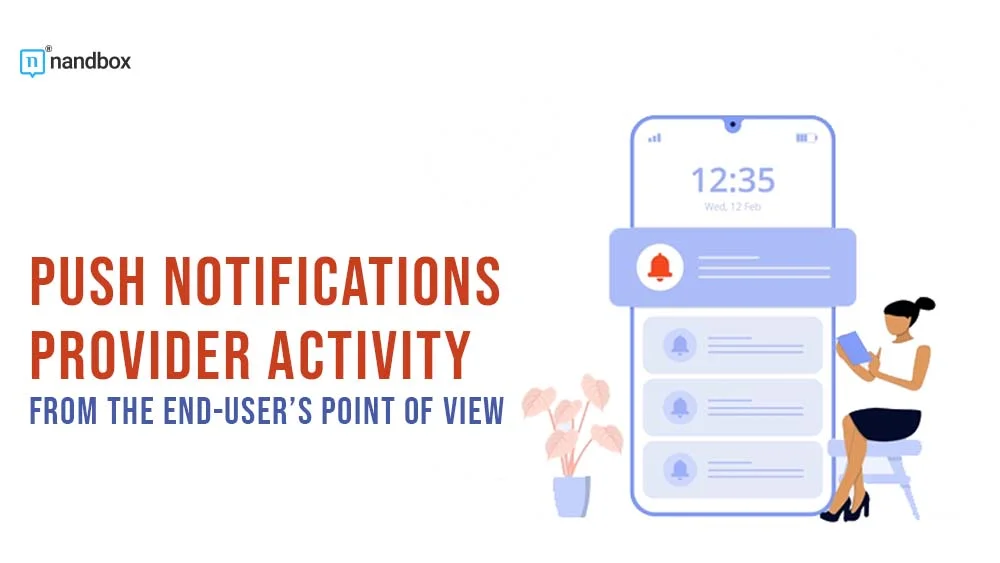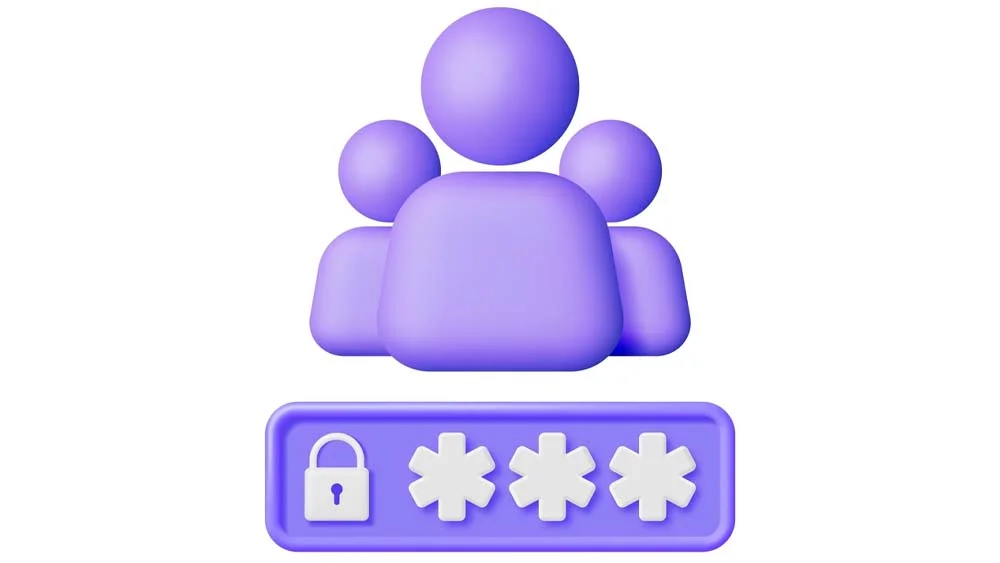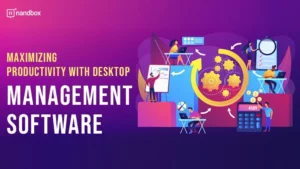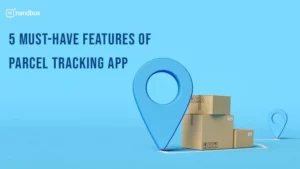End users perceive push notification service providers as the platforms and services that allow companies and app developers to send alerts directly to consumers’ devices, even when they are not actively using the app or website. These notifications appear as brief messages or alerts. As a user, you might be familiar with push notifications from various websites and applications, receiving alerts for communications, events, product updates, discounts, or news. The push notification service provider delivers these alerts to you.
Your smartphone receives notifications from the app or website you’ve subscribed to via the push notification service provider. It enables the app or website to keep you informed and engaged by sending you specific and timely information. Push notifications may be helpful for users since they deliver timely information, tailored promotions, and pertinent material. However, as a user, you may modify your own notification preferences. You may manage the sorts of push notifications you get, allow or deactivate them for individual applications or websites, or block them entirely. As a whole, reliable push notification providers, like NashPush, offer two-way contact between companies, app developers, and their customers by way of the dissemination of relevant news, promotions, and updates. You may set options and modify which alerts you get to tailor the experience to your needs.
Privacy of users
Respecting user’s rights and privacy while sending push
When receiving push notifications through a push notification service provider, the provider should protect your rights and privacy. Additionally, some things to keep in mind are as follows:
Firstly, before sending it to you, businesses should get your permission first. Moreover, apps and websites that provide the service usually require users to opt-in before using them
You can control which notifications you receive by adjusting the settings on your mobile device or in the app/website.
Businesses and push notification service providers that value customer privacy will have detailed policies outlining how they collect, store, and use personal information. The policy on privacy will provide clear information on how your data will be treated.
Providers of these services and the companies using them should make it easy for users to stop receiving notifications. If you no longer wish to receive push notifications, you can opt-out at any time. In most cases, you can disable it through the app’s or website’s settings or by clicking a link in the notification itself.
Both the company and the service provider should safeguard your privacy. Using secure communication protocols and encryption helps prevent data breaches and unauthorized access.
Businesses and push notification service providers that prioritize customer privacy and security will comply with the laws. Following these rules actively protects your personal information and rights.
As an end-user, you should proactively check the app’s or website’s terms of service, privacy policies, and notification settings to understand how they handle your data and whether they uphold your rights. Being well-informed and having a say in the matter makes it much easier for you to manage your privacy and receive them according to your preferences.






